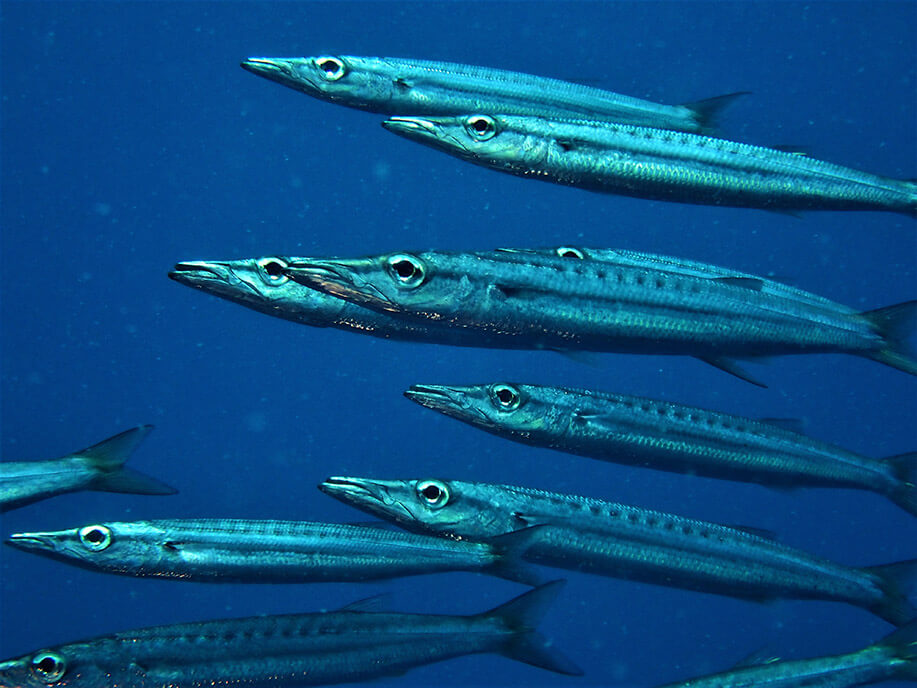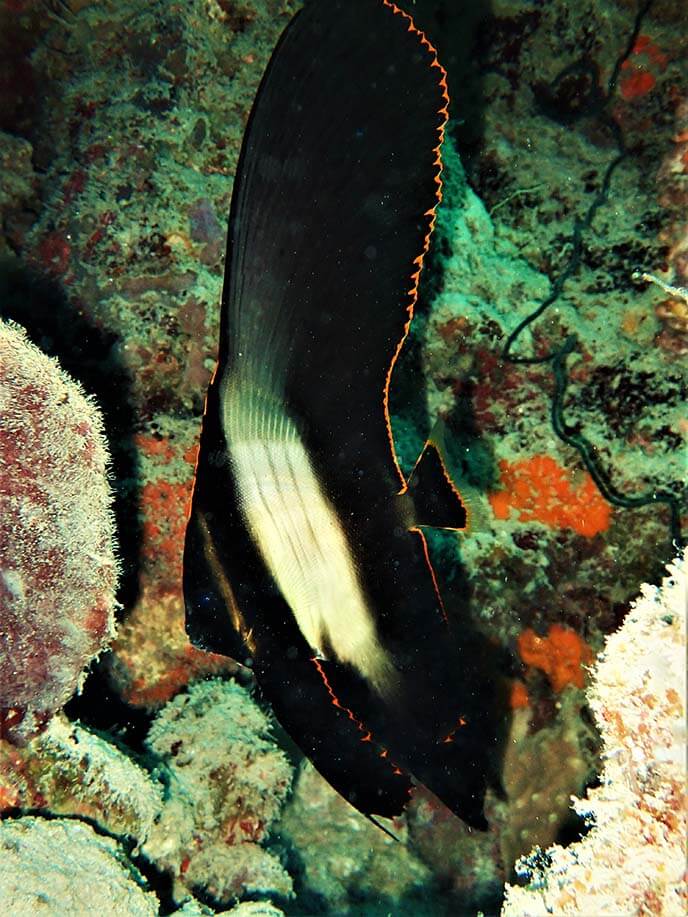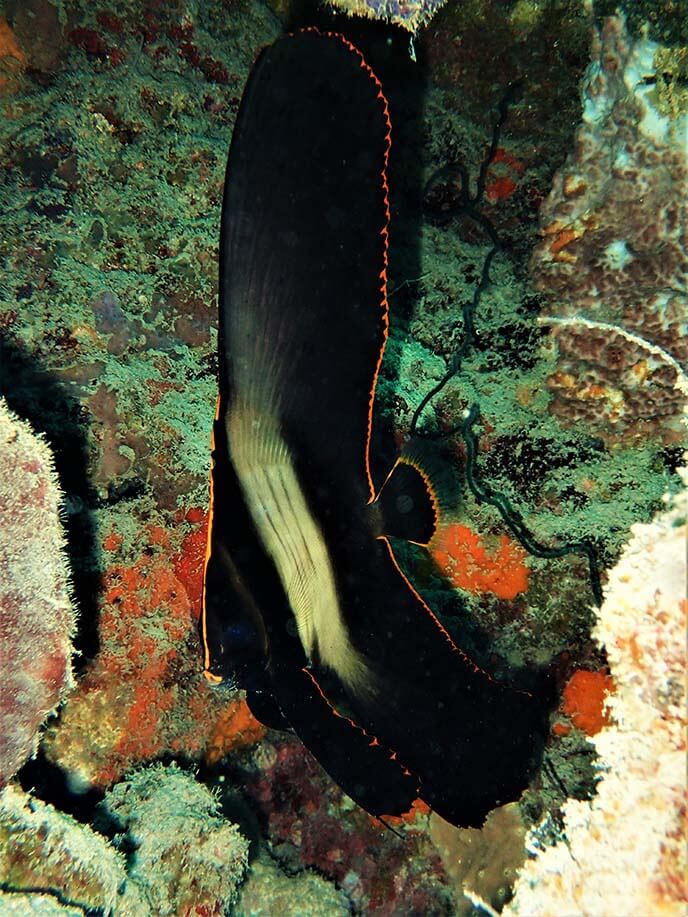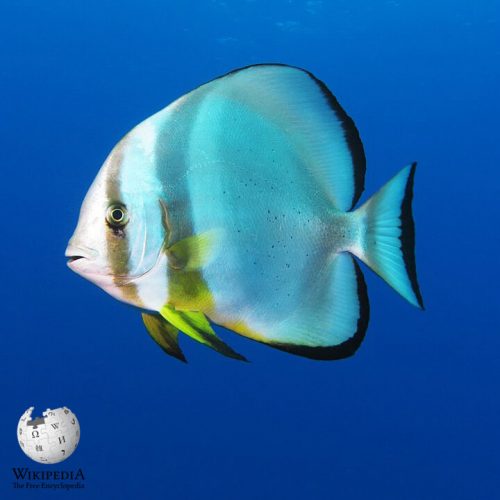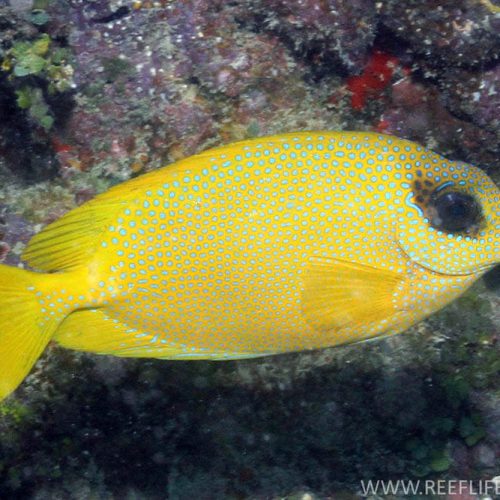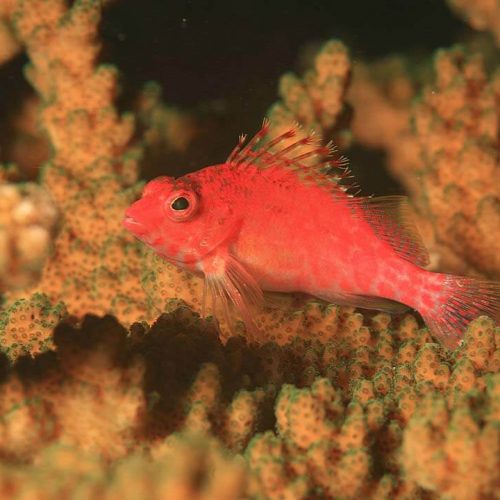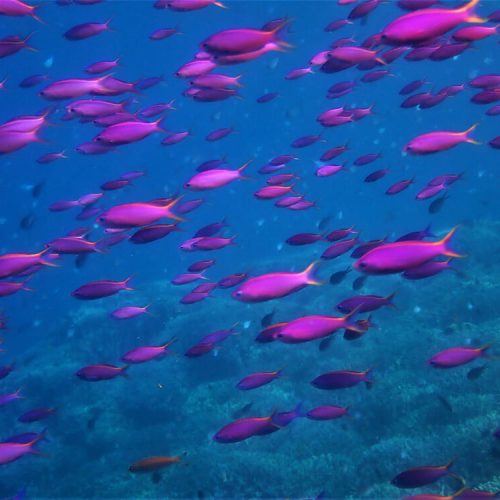Contents
Platax pinnatus, also known as the longfin batfish, pinnate spadefish, pinnate batfish, pinnatus batfish, dusky batfish, shaded batfish, or red-faced batfish is a species of marine ray-finned fish belonging to the family Ephippidae, the spadefishes and batfishes. This species is found in the western Pacific Ocean and occasionally is kept in marine aquariums.
Taxonomy
Platax pinnatus was first formally described as Chaetodon pinnatus in 1758 by Carl Linnaeus in the 10th edition of Systema Naturae with its type locality given as "the Indies".[1] This species is classified within the genus Platax which belongs to the family Ephippidae[2] in the order Moroniformes.[3] The specific name, pinnatus, means "finned" and is an allusion to the very long dorsal and anal fins, particularly in juveniles.[4]
Description

Platax pinnatus adults have a round, strongly compressed body which has a depth of twice the length of the head. This species reaches a maximum published total length of 45 cm (18 in).[5] Larger adults, with a standard length in excess of 35 cm (14 in) have a protruding snout and a concave dorsal profile of the head. Both jaws have bands of thin, flattened, tricuspid teeth with the central cusp being around two times as long as the lateral cusps. There are vomerine teeth but no palatine teeth. The dorsal fin is supported by 5 or 6 spines and between 34 and 37 soft rays while the anal fin contains 3 spines and 24 to 28 soft rays.[5] The overall colour is silvery with a dusky or dark vertical bar running through the eye and a second similar bar running through the base of the pectoral fin. The dorsal, anal and caudal fins are yellow.[6]
The juveniles are mainly black with the body and median fins outlined in orange and the dorsal and anal fins are greatly elongated.[7]
Distribution and habitat
Platax pinnatus is found in the Indo-West Pacific although FishBase notes that records from the Indian Ocean, other than Australia, are subject to some doubt. The confirmed range is in the western Pacific from the Ryukyu Islands south to Australia.[5] In Australia, it has been recorded from off the central coast of Western Australia, around the tropical northern coasts and south along the east coast to the central coast of New South Wales.[7] The adults are found under the overhangs of steep outer reef slopes down to depths greater than 20 m (66 ft). The juveniles are found among mangroves or sheltering in caves and under ledges in inner protected reefs.[5]

Biology
Platax pinnatus adults are normally solitary but will gather in large schools to move over open substrates.[5] The juveniles are mimics of a toxic species of flatworm by colour and shape.[6] They feed on algae as well as jellyfish and other gelatinous zooplankton.[5] This species has been observed to significantly reduce algal growths on coral in studies simulating the effects of overfishing on the Great Barrier Reef.[8]
Utilisation
Platax pinnatus is kept in aquaria but is difficult to maintain.[9] These fishes are caught by fishers using hook and line, palisade traps, spears, trawls, and hand nets; the flesh is palatable, but not valued.[10]
Gallery
-
With cleaner wrasse
References
- ^ Eschmeyer, William N.; Fricke, Ron & van der Laan, Richard (eds.). "Species in the genus Platax". Catalog of Fishes. California Academy of Sciences. Retrieved 6 April 2023.
- ^ Eschmeyer, William N.; Fricke, Ron & van der Laan, Richard (eds.). "Genera in the family Ephippidae". Catalog of Fishes. California Academy of Sciences. Retrieved 5 April 2023.
- ^ J. S. Nelson; T. C. Grande; M. V. H. Wilson (2016). Fishes of the World (5th ed.). Wiley. pp. 495–497. ISBN 978-1-118-34233-6. Archived from the original on 2019-04-08. Retrieved 2023-04-06.
- ^ Christopher Scharpf & Kenneth J. Lazara, eds. (12 January 2021). "Order ACANTHURIFORMES (part 2): Families EPHIPPIDAE, LEIOGNATHIDAE, SCATOPHAGIDAE, ANTIGONIIDAE, SIGANIDAE, CAPROIDAE, LUVARIDAE, ZANCLIDAE and ACANTHURIDAE". The ETYFish Project Fish Name Etymology Database. Christopher Scharpf and Kenneth J. Lazara. Retrieved 6 April 2023.
- ^ a b c d e f Froese, Rainer; Pauly, Daniel (eds.). "Platax pinnatus". FishBase. February 2023 version.
- ^ a b Dianne J. Bray. "Platax pinnatus". Fishes of Australia. Museums Victoria. Retrieved 6 April 2023.
- ^ a b Mark McGrouther (6 May 2022). "Longfin Batfish, Platax pinnatus (Linnaeus, 1758)". Australian Museum. Retrieved 6 April 2023.
- ^ Brahic, Catherine (2006-12-18). "Batfish may come to Great Barrier Reef's rescue". New Scientist. Reed Business Information Ltd. Retrieved 2007-04-06.
- ^ Bill Rosser (2020). "Dietary Discovery May be Key to Keeping the Pinnatus Batfish". Tropical Fish Hobbyist Magazine. Retrieved 6 April 2023.
- ^ P. C. Heemstra (2001). "Ephippidae (spadefishes (batfishes)". In Carpenter, K.E. & Neim, Volker H. (eds.). The Living Marine Resources of the Western Central Pacific Volume 5: Bony fishes part 3 (Menidae to Pomacentridae) (PDF). FAO Species Identification Guide for Fishery Purposes. FAO Rome. p. 3618.
External links
- Photos of Platax pinnatus on Sealife Collection
 Data related to Platax pinnatus at Wikispecies
Data related to Platax pinnatus at Wikispecies Media related to Platax pinnatus at Wikimedia Commons
Media related to Platax pinnatus at Wikimedia Commons

